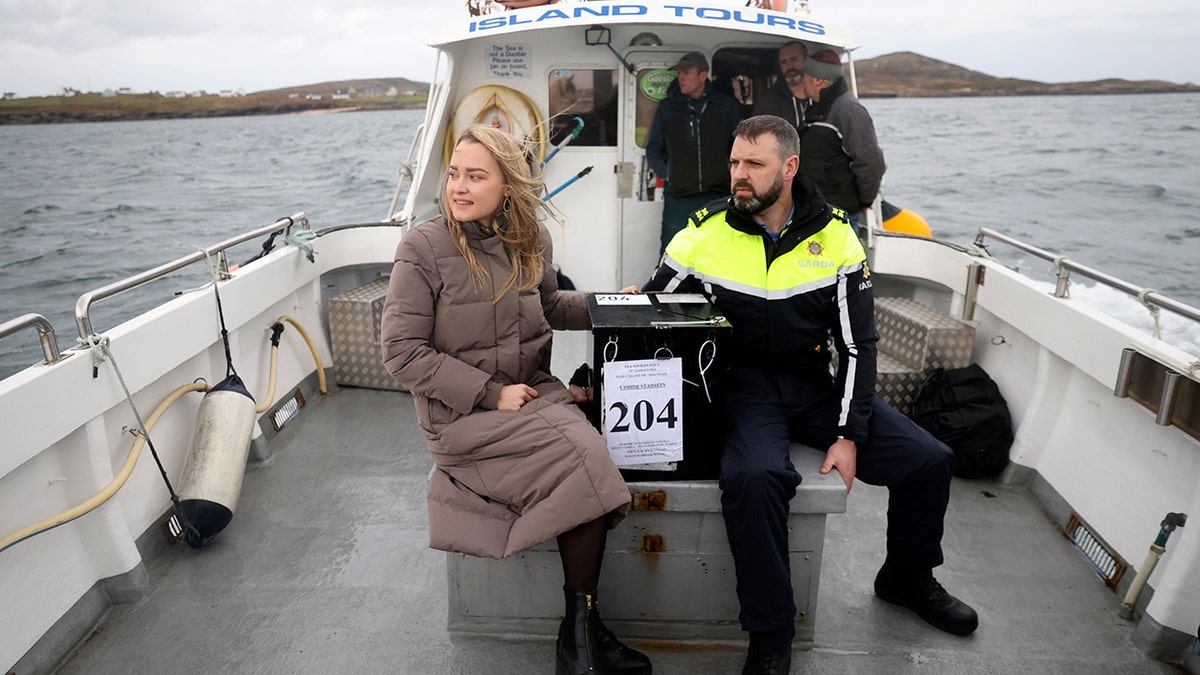Ireland held its parliamentary elections on November 29, 2024, with polls closing at 10 p.m. (2200 GMT). The election will determine the composition of the next government and reveal whether Ireland will follow the global pattern of dissatisfied voters ousting incumbents after years of pandemic-related challenges, international instability, and cost-of-living pressures. 3.8 million eligible voters cast their ballots to elect 174 lawmakers to the Dáil, the lower house of parliament.
The current government is a coalition between Fine Gael and Fianna Fáil, two center-right parties that have dominated Irish politics for a century. Despite their shared political leanings, the parties have a history of rivalry stemming from their opposing stances during Ireland's 1920s civil war. Following a close 2020 election, they formed a power-sharing agreement, rotating the position of Taoiseach (prime minister). Micheál Martin of Fianna Fáil initially held the post, followed by Leo Varadkar of Fine Gael, and currently, Simon Harris.
Sinn Féin, an opposition party, made significant gains in the 2020 election, securing the largest share of the popular vote. However, they were excluded from the government due to Fianna Fáil and Fine Gael's refusal to collaborate, citing Sinn Féin's left-leaning policies and historical links to the Irish Republican Army.
Ireland's proportional representation system allows smaller parties and independent candidates with strong local support to gain seats. This election sees a diverse range of independent candidates, including local activists, far-right figures, and even reputed crime boss Gerry "the Monk" Hutch.

A key election issue is the cost of living, particularly housing. Ireland faces a severe housing shortage, a consequence of insufficient construction during the "Celtic Tiger" boom years and the subsequent economic downturn after the 2008 global financial crisis. This has resulted in inflated house prices, escalating rents, and a rise in homelessness. While Ireland's economy has seen growth, addressing historical infrastructure deficits remains a challenge.
Immigration is another prominent issue. Over 100,000 Ukrainians displaced by war and thousands seeking refuge from poverty and conflict in other regions have arrived in Ireland. Accommodating these newcomers has strained resources, leading to tent camps and makeshift shelters, sparking tensions and protests. Although Ireland lacks a major far-right party, anti-immigrant sentiment is growing, fueled by social media and independent candidates campaigning on this issue. This has seemingly impacted Sinn Féin's support, with some working-class voters disagreeing with the party's pro-immigration stance.
Opinion polls indicate a five-way split in voter support among Fine Gael, Fianna Fáil, Sinn Féin, smaller parties, and independent candidates. Fine Gael has experienced a campaign marked by missteps, Fianna Fáil has maintained stable poll numbers, and Sinn Féin claims growing momentum but is unlikely to gain power unless other parties reconsider their stance on collaboration. Analysts predict another Fine Gael-Fianna Fáil coalition, potentially with a smaller party or independents playing a decisive role.
The final election results and subsequent government formation are expected to take several days or even weeks. Taoiseach Simon Harris acknowledged the complex process, emphasizing that the exit poll upon poll closure will not provide a definitive outcome.
Comments(0)
Top Comments